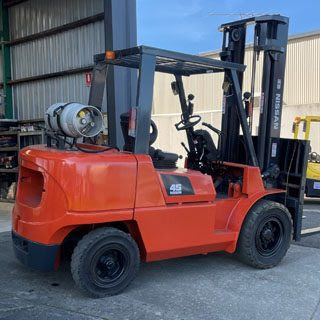Understanding Forklift Transport Regulations- A Comprehensive Guide
Forklifts are essential tools in many industries, but transporting them can pose significant risks if not done correctly. Australia has strict regulations in place to ensure safe and efficient forklift transport. This guide will provide a comprehensive overview of these regulations, covering key aspects such as licensing requirements, vehicle specifications, load securing, and documentation.

Licensing Requirements
In most Australian states and territories, you will need a specific license to transport forklifts and Nissan forklift parts. The exact requirements may vary, but generally, you will need a heavy vehicle license or a combination license. It's essential to check with your local transport authority to determine the specific licensing requirements for your situation.
Vehicle Specifications
The vehicle used to transport a forklift must be suitable for the weight and dimensions of the load. Factors to consider include:
Gross Vehicle Mass (GVM): The vehicle must have a GVM that is equal to or greater than the combined weight of the vehicle, forklift, and any other cargo.
Load Capacity: The vehicle's load-carrying capacity must be sufficient to safely transport the forklift.
Suspension: The vehicle's suspension should be designed to handle the weight and vibration of a forklift.
Brakes: The vehicle's brakes must be in good condition and capable of stopping the load safely.
Load Securing
Properly securing a forklift during transport is crucial to prevent accidents and injuries. Here are some key guidelines:
Choose the right securing method: Consider factors such as the forklift's weight, dimensions, and the type of vehicle being used. Common methods include chains, straps, and winches.
Use adequate securing devices: Ensure that the securing devices are strong enough to hold the forklift securely in place.
Distribute the load evenly: Avoid overloading any single point on the vehicle.
Check for movement: After securing the load, inspect it for any movement. If necessary, make adjustments to ensure that the forklift is securely fastened.
By understanding and complying with the forklift transport regulations in Australia, you can help to ensure the safety of yourself, other road users, and the forklift itself. Check with your local transport authority for specific requirements in your state or territory. Safe and responsible transportation of forklifts is essential for the efficient operation of businesses and industries across Australia.


Comments
Post a Comment